Stick Framed – Prefabricated – Modular – Which Is Best?
New Home Construction Options: Stick Framed, Prefabricated & Modular
So you’re considering building a new home and the amount of options and choices are overwhelming. Everything from the style of the home to the smallest details can overwhelm anyone. One of the biggest decisions can be a discussion about the type of construction used to build the new home. There are many options available to builders and home owners including three major choices that we deal with on a regular basis including: Stick Framed, Prefabricated and Modular construction. Let me help sort out the differences and some of the Pro’s and Con’s associated with each approach.
Stick Framed Construction
Even with advances in home manufacturing techniques the vast majority of homes in the US are still built with stick framed construction. “Stick Framed” gets its name from the fact that all the lumber (sticks) is delivered to the construction site and carpenters frame each wall on site “stick by stick”. At each floor level the framers will frame individual wall sections and then stand them up, brace them, and then build another section until all the walls of that level are “raised”.
The picture above is a house we recently “stick framed” for a customer. The house used a combination of traditional framing lumber, engineered floor framing members, and pre-fabricated wood trusses.
Stick Framed Pro’s & Con’s
- PRO – This option is great for difficult sites that pose challenges for crane mobilization.
- PRO – Stick framing allows for changes to layout and design on the fly at the last moment compared to prefabricated or modular construction.
- PRO – This method does not rely on manufacturing schedules and delays, allowing the builder more flexibility in scheduling.
- CON – Stick framing is much more time consuming. A recent side-by-side comparison shows as much as 250% more time to build identical houses.
- CON – Weather delays can be a big downside to stick framing when compared to both prefabricated walls and modular construction.
- CON – Labor shortages are becoming a real concern especially when trying to find qualified framers for stick framing.
Prefabricated Construction
Prefabricated construction (or component construction) is very much like stick framed construction except that the walls (and sometimes roof and floor components) are built off-site in a manufacturing facility, shipped to the site and erected in the same fashion as site framed components.
During 2021 I’ve managed the construction of ten new homes. Five of those new homes were built using prefabricated wall panels. Over the last 15 years I would say 75% of the homes and buildings that I’ve built have used prefabricated wall panels. This method has many benefits but the most important one from my perspective is the improved schedule using less labor.
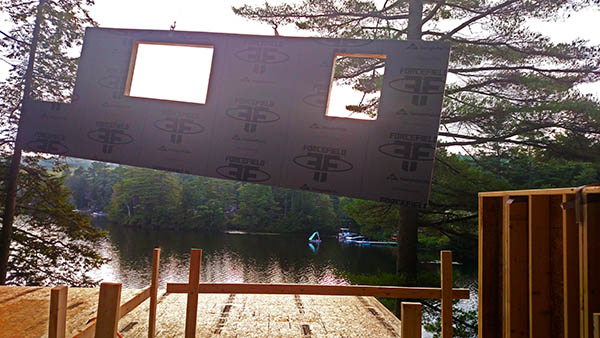 Prefabricated Construction Pro’s & Con’s
Prefabricated Construction Pro’s & Con’s
- PRO – Speed of construction is greatly improved. As noted above, a recent side-by-side comparison showed as much as a 250% savings in man hours for two identical built homes.
- PRO – By framing the major components in a manufacturing facility weather delays and weather damage are greatly reduced. Most prefabricated components are built in a climate controlled factory.
- PRO – Improved quality and precision are inherent benefits due to computer aided layout, cutting and fabrication methods.
- PRO – Over many years of comparing stick framed to prefabricated construction the cost benefits have become very clear. By reducing the total man hours to build the home the savings can be significant.
- CON – Prefabricated construction requires far more pre-planning. All the windows, doors and other openings must be finalized prior to the start of prefabricating wall panels. The foundation must be carefully planned in order to accept walls that are likely built prior to the foundation being completed.
- CON – Last minute changes to the design typically require re-framing and expensive changes.
- CON – The use of cranes (occasionally small fork trucks) requires good site access and sufficient grades for the erection of components.
Modular Construction
Modular construction (not to be confused with manufactured homes (trailers)) has become a very popular construction method especially for single family homes. Modular construction essentially builds a regular home in several “boxes” that are shipped to the site and installed on a foundation. Each box has been pre-wired, plumbed, insulated, wall board, windows, doors and roughly 90% of finished completed.
Modular construction works exceptionally well with standard home designs especially on ranch and colonial style homes. The home above is one we set this year which is a 4 “box” colonial home with a small attached garage. The entire house was set (including the garage) and weather tight in one day.
 Modular Construction Pro’s & Con’s
Modular Construction Pro’s & Con’s
- PRO – Speed of construction is greatly improved even compared to prefabricated construction. Using this method we typically see the total construction time-frame on site reduced as much as 50%.
- PRO – By framing and finishing the major components in a manufacturing facility weather delays and weather damage are greatly reduced. Modular homes are built in a climate controlled factory.
- PRO – Improved quality and precision are inherent benefits due to computer aided layout, cutting and fabrication methods.
- CON – Modular construction requires far more pre-planning. Every detail of a new home must be determined prior to the start of the modular construction. Everything from window sizing to interior finishes needs to be planned well in advance.
- CON – Last minute changes to the design typically require expensive changes.
- CON – The use of large cranes and delivery trucks require good site access and sufficient grades for the erection of components.
Overall Thoughts: Stick Framed, Prefabricated, & Modular Construction
If you’re building a new home don’t be surprised if your builder mentions several different construction options for your new home. These options allow builders great flexibility in meeting customer schedules, budgets, and building site constraints. Ultimately, regardless of the construction method you and your builder choose, each option can result in a well built, long lasting home. Hopefully this article helps clear up any confusion about these popular construction methods.




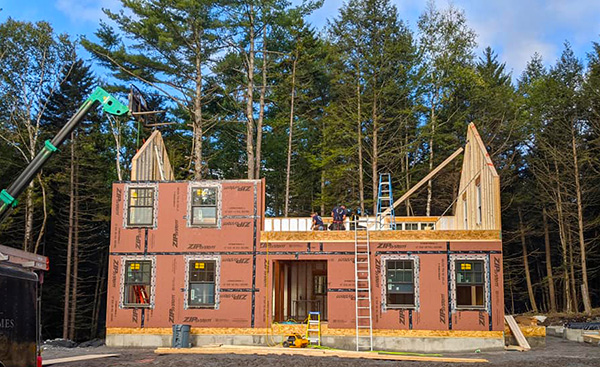
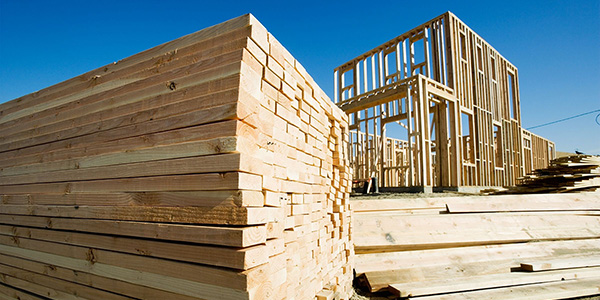
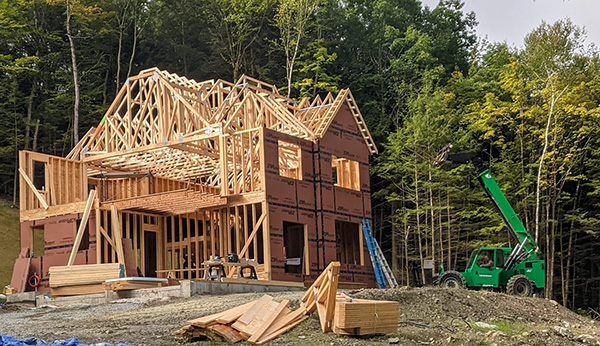

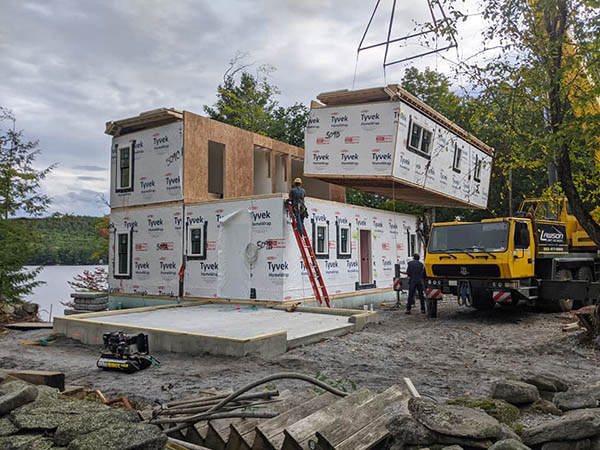










Leave a comment